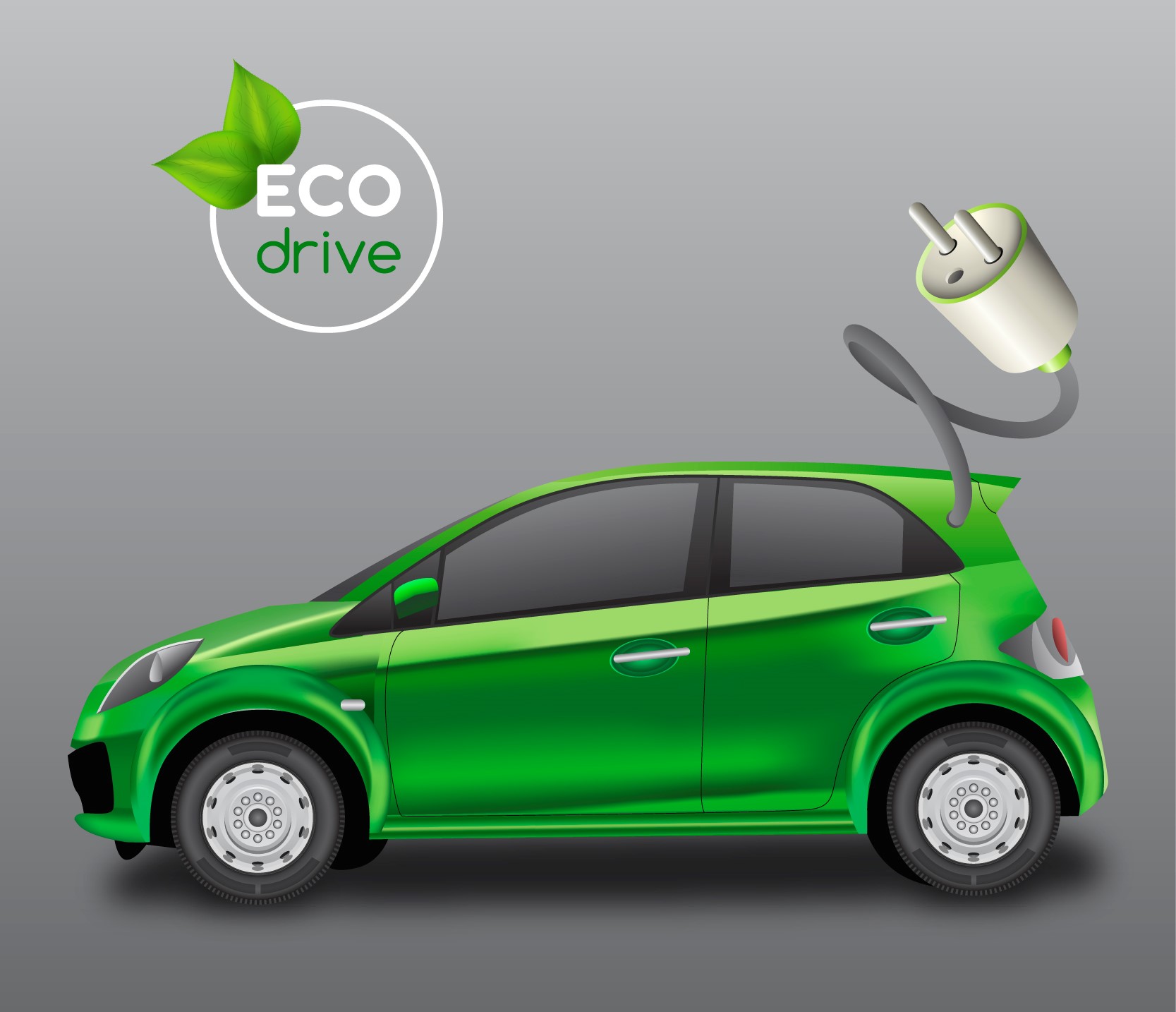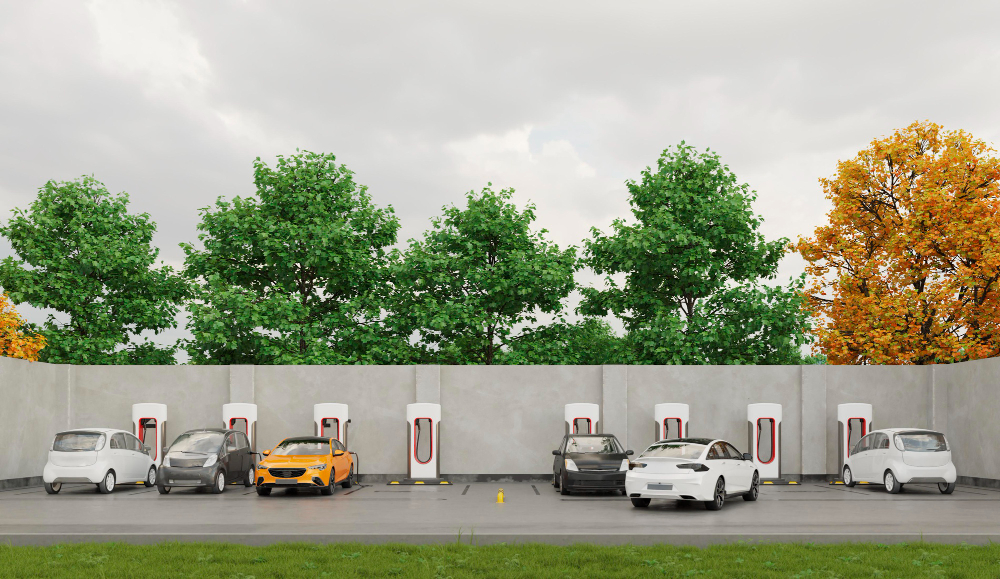Marketing Manager (Nestle) | Posted on | others
Why Electric vehicles are succeed in the US but not in India?
Teacher | Posted on
India's two-wheeler,industryhas seen the majority of the country's electric development. Additionally, it wouldn't be simple to reproduce for bigger motor vehicles. This is due to the beneficial economics of two-wheelerelectrics in the nation: A expanding tendency regardingcell changing has eliminated anxietyover range, energy sources are lighter and consequently less expensive, and charging is more widely available. In the meantime,buying a battery-powered motorbikeis now a viable option due to the fact that petrol prices are no more a factor in thecost of living.

(image :-freepik)
The money saved is quite useful. Furthermore, further incentives provided by governments are beneficial. India is currently one of the the globe's biggest three auto marketplaces. A remarkable achievement, but one made possible by cars with motor engines despite pressure from the rest of the world to switch to safer electric automobiles.India outsold Japaninfour-wheel automotivesales the previous year with more than four million units sold, trailing onlyChina and the United States of America. That represents a startling turnaround from nearly eight months prior, when revenues sank to a century-low and large portions of manufacturing equipment were inactive. Since the market is expanding quickly, vehicle purchasers are returning and ready to make purchases.
Aspirational Indians are pushing towardsthe passenger category, despite the fact that the bigger market is dominated by bicycles, whose ownership costs are lower than in the case of larger automobiles. Now a greater portion of the balance also includes heavier sport utility automobiles. Earlier this month atIndia Automotive Expo, the nation's biggest automotive performance, automakers unveiled a lineup of glamorous electric vehicles to encourage India's budget-conscious buyers and to continue keeping up with the environmental boom. Residential and international producers likeChina's BYD Co. and Kia Corp.also made hopeful statements.
The issue is that while purchasing one of these recently announced four-wheeler electric vehicles is a thrilling option for purchasers heading to showrooms, the financial implications are a little more challenging once they get there. But the financial implications are precisely the reasonfour-wheeled electric vehiclesin India are probably going to have a tough time.Electric vehicles are too priceyfor what they give motorists regardless the fact that customers have a wide range of choices, particularly at the moment. Although businesses are encouraged to build equipment and there are sufficient areas, electrical infrastructure cannot sustain charging connections. Many areas of the nation experience inconsistent electrical availability, therefore greatercapacity and voltagesare needed to charge heavier cells. Given the vastness of India and its famously congested roadways, fundamental electric vehicle issues of range and the fear of going out of power remain. Few people can affordthe privilege of operating an electric vehiclewhen you compare that to the cost of purchasing one.

(Image Freepix)
The expectation that broad acceptance will happen soon is illusory unless it is easier to afford for the typical Indian. Many companies' expenses are increasing at the same time. The charge source is now intermittent and difficult to come across. According to reports, the standard of power packs entering India is likewise poor. That presents a challenge for the government ofPrime Minister Narendra Modi, which has been actively promoting its improving goal, alongside every one of the major corporations that joined the journey.Ashok Leyland Ltd. and Tata Motors Ltd., among others, displayed a variety ofalternative-fuel automobilesatthe Automotive Expo, including those that operated on hydrogen, ethanol, flex energy sources, electricity, natural gas that was compressed and more. Going hybrid is a more practical solution. That being the case, it is understandable why shrewd BYD, one of China's biggest automobile manufacturers, declared its plans to seize 40% of India's electric vehicle market by the end of the current year.
Nevertheless, it has not yet committed itself to establishing sizable manufacturing facilities, choosing to first determine consumption. The company keeps bringing in cells that it makes in China and builds cars from foreign semi-knocked down components.Toyota Motor Corp., the biggest manufacturer in the globeand a fervent supporter of combinations, debuted a more environmentally friendly version of the already well-liked Innovate as its second model in India late last year. Yes, the use of hybrids by motorists is frequently problematic. According to research, they are ultimately driven more on fuel rather than on electricity.
Also Read- Currently how many electric cars are on the road in the united states?
0
0 Comment
